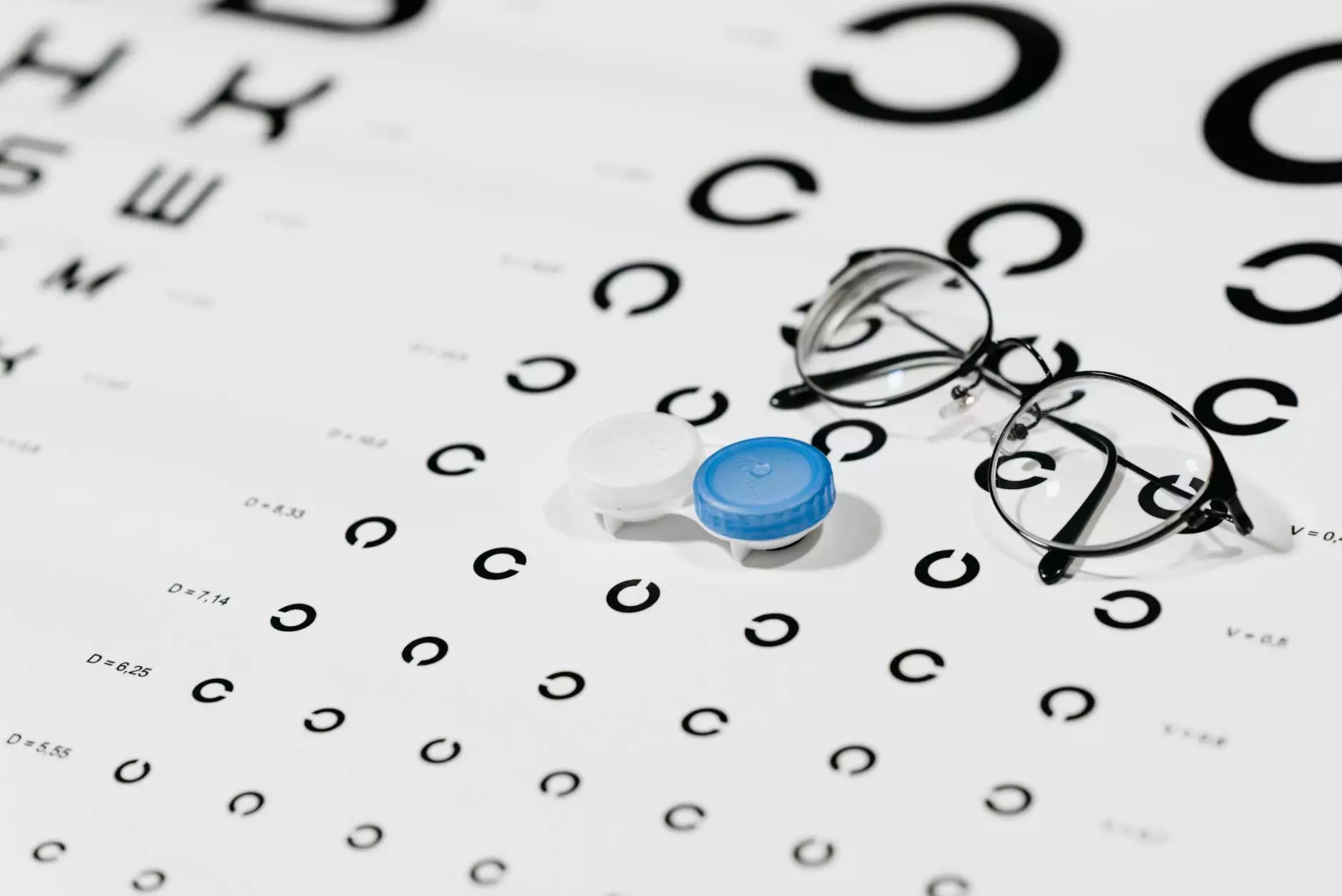The Human Design Chart: Unlocking Your Unique Potential

In today's fast-paced world, understanding yourself and your place in the universe has never been more crucial. The Human Design Chart offers a roadmap to self-discovery, enabling you to tap into your unique potential and enhance your journey in both personal and professional realms.
What is the Human Design Chart?
The Human Design Chart is an intricate synthesis of various ancient and modern sciences, including astrology, the I Ching, the Kabbalah, and quantum physics. It serves as a personalized guide, depicting your inherent traits, strengths, and challenges through a unique energetic blueprint. By analyzing your chart, you gain insight into your decision-making process, interpersonal dynamics, and life purpose.
The Origins of Human Design
Created by Ra Uru Hu in 1987, the system of Human Design emerged from a mystical experience that provided profound insights into human behavior and consciousness. It combines astrological positions at your birth and the 88 days preceding it with genetic imprinting, mapping out a comprehensive model of the self.
Understanding the Components of the Human Design Chart
The Human Design Chart consists of several key components, including:
- Type: Your energetic blueprint, which indicates how you interact with the world.
- Strategy: The best way for you to make decisions aligned with your authentic self.
- Authority: Your internal compass that guides your decision-making process.
- Profile: A combination of themes in your life, showcasing your unique role in the world.
- Gates and Channels: Specific traits and themes that influence your personality and experiences.
Types in Human Design
The first step in understanding your Human Design Chart is identifying your Type. There are four primary Types:
- Generators: The life force of the planet, Generators are designed to respond to the world around them, harnessing their energy to create and build.
- Projectors: Visionaries and guides, Projectors excel in managing and directing the energies of others, but they must wait for invitations to share their insights.
- Manifestors: Initiators who bring ideas to life, Manifestors are designed to act independently and spark action in others.
- Reflectors: Reflectors are mirrors of their environment, requiring a full lunar cycle (about 28 days) to reflect on their experiences and make informed decisions.
The Importance of Strategy and Authority
Understanding your Strategy and Authority is pivotal in maximizing your potential as depicted in your Human Design Chart.
What is Strategy?
Your Strategy is the approach you should take to engage with the world effectively. It varies according to your Type:
- Generators: Respond to life; wait for opportunities rather than initiating.
- Projectors: Wait for invitations to share your wisdom.
- Manifestors: Inform others before taking action.
- Reflectors: Take your time; observe for at least a lunar cycle.
Understanding Your Authority
Your Authority is a personal decision-making mechanism based on your body and intuition. Several types of Authority can exist, including:
- Emotional Authority: Take your time to ride emotional waves before making decisions.
- Sacral Authority: Trust your gut response; it's immediate and instinctual.
- Splenic Authority: Rely on your intuition; it's subtle but powerful.
- Self-Projected Authority: Make decisions based on what feels true to your identity.
- Environmental Authority: Seek advice from trusted friends or your environment.
Building Your Business Using the Human Design Chart
Integrating the principles of the Human Design Chart into your business can lead to transformative results. Here are ways to harness its power:
1. Creating a Cohesive Team Dynamic
Understanding the Types within your team can enhance collaboration. For instance, if you have a team composed of Generators, Projectors, and Manifestors, you can strategically assign roles that align with their natural strengths. Generators can focus on task execution, while Projectors can guide the team, and Manifestors can take the lead on initiatives.
2. Tailoring Communication Strategies
Recognizing individual communication styles based on Human Design can foster more effective interactions. For example, Projectors appreciate invitations for input, while Manifestors thrive when informed of team dynamics. Tailoring your communication not only respects these nuances but also drives productivity.
3. Decision-Making Frameworks
Incorporate decision-making frameworks that align with the Human Design Chart. Encourage team members to operate from their Authorities. This collective approach can create a culture where everyone feels valued and empowered.
Enhancing Personal Growth with Human Design
The Human Design Chart is not only beneficial for businesses but also provides a profound framework for personal development. By applying its principles in your life, you can:
- Identify Strengths: Understand your innate talents and how to leverage them.
- Improve Relationships: Gain insights into your relationship dynamics based on the Types of people around you.
- Enhance Well-being: Align your life choices with your design to improve mental and emotional health.
- Set Authentic Goals: Use your understanding of your chart to create goals that resonate with your true self.
Real-Life Success Stories Using Human Design
Many individuals and businesses have reported remarkable transformations after implementing the Human Design Chart. Here are a few examples:
1. The Entrepreneurial Journey
One entrepreneur leveraged her emotional authority to make thoughtful business decisions rather than reacting impulsively. By doing so, she built a more resilient and successful company.
2. Nurturing Synergy in Teams
A tech company utilized Human Design principles to build a balanced team. By ensuring they had a mix of Types, they enhanced their project outputs and employee satisfaction.
How to Get Started with Your Human Design Chart
To embark on your journey of self-discovery and business transformation using the Human Design Chart, follow these steps:
- Obtain Your Chart: Use an online tool or consult a certified Human Design analyst to generate your chart.
- Study Your Design: Familiarize yourself with your Type, Strategy, and Authority.
- Implement in Life and Work: Begin applying your insights to your personal life and business practices.
- Seek Community Support: Engage with others who understand Human Design to share insights and experiences.
Conclusion: Embrace Your Unique Potential Today
The Human Design Chart offers a profound understanding of oneself that can lead to immeasurable benefits in life and business. By embracing your unique design, you not only enhance your potential but also create a more harmonious and productive environment around you.
Take the first step towards self-discovery and empowerment by diving deep into your Human Design Chart. Whether you’re looking to improve your business practices or simply seeking a greater understanding of who you are, the knowledge contained within your chart is a powerful tool for transformation.
the human design chart








